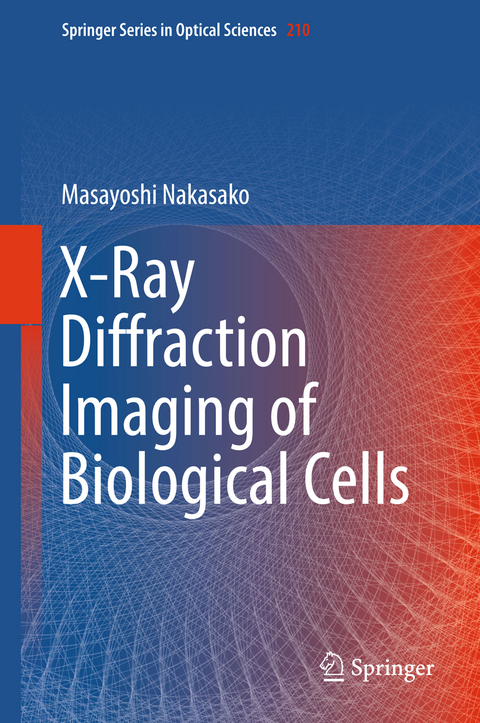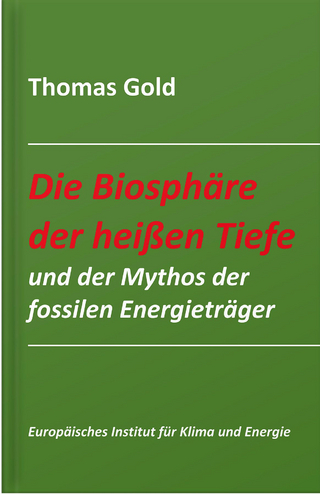
X-Ray Diffraction Imaging of Biological Cells
Springer Verlag, Japan
978-4-431-56616-8 (ISBN)
To conduct CXDI experiments in both synchrotron and XFEL facilities, the author has developed apparatuses, named KOTOBUKI-1 and TAKASAGO-6 for cryogenic diffraction experiments on frozen-hydrated non-crystalline particles at around 66 K. At the synchrotron facility, cryogenic diffraction experiments dramatically reduce radiation damage of specimen particles and allow tomography CXDI experiments. In addition, in XFEL experiments, non-crystalline particles scattered on thin support membranes and flash-cooled can be used to efficiently increase the rate of XFEL pulses. The rate, which depends on the number density of scattered particles and the size of X-ray beams, is currently 20-90%, probably the world record in XFEL-CXDI experiments. The experiment setups and results are introduced in this book. The author has also developed software suitable for efficiently processing of diffraction patterns and retrieving electron density maps of specimen particles based on the diffraction theory used in CXDI.
Masayoshi Nakasako is a professor at Keio University, whose work chiefly involves the structural analysis of soft matter. After receiving his Doctor of Science from Tohoku University in 1990, he served as a research associate at the University of Tokyo’s Faculty of Pharmaceutical Sciences, as a researcher at RIKEN, as a lecturer at the University of Tokyo’s Institute of molecular and Cellular Biosciences, and as an assistant professor at Keio University in 2002. In 2005, he was promoted to his present position. Currently, he is also a guest researcher at RIKEN’s Spring-8 Center. His primary research interest is in imaging protein hydration, protein structures, and cells by means of molecular dynamics simulations and various physicochemical experimental techniques including X-ray imaging using synchrotron radiation and X-ray free electron lasers.
Introduction.- X-ray diffraction.- Theory of X-ray diffraction imaging.- Diffraction apparatus for X-ray diffraction imaging.- Specimen preparation for X-ray diffraction imaging experiments at cryogenic temperature.- Processing of diffraction patterns obtained from X-ray diffraction imaging experiments using X-ray free electron laser pulses.- Phase retrieval of diffraction patterns.- Projection structures of biological cells and organelles.- Three-dimensional structural analyses in cryogenic X-ray diffraction imaging.- Prospects for the structural analysis of biological specimens by X-ray diffraction imaging.
| Erscheinungsdatum | 07.01.2018 |
|---|---|
| Reihe/Serie | Springer Series in Optical Sciences ; 210 |
| Zusatzinfo | 89 Illustrations, color; 7 Illustrations, black and white; XX, 228 p. 96 illus., 89 illus. in color. |
| Verlagsort | Tokyo |
| Sprache | englisch |
| Maße | 155 x 235 mm |
| Themenwelt | Naturwissenschaften ► Biologie ► Biochemie |
| Naturwissenschaften ► Physik / Astronomie ► Festkörperphysik | |
| Naturwissenschaften ► Physik / Astronomie ► Optik | |
| Technik ► Elektrotechnik / Energietechnik | |
| Technik ► Maschinenbau | |
| Schlagworte | Analyzing CXDI Experiments • Coherent Illumination • Cryogenic X-ray Diffraction • CXDI Experiments • Imaging of Non-crystalline Particles • KOTOBUKI-I • Reduction of Radiation Damage • Structural Analysis of Non-crystalline Particles • TAKASAGO-6 • Tomography CXDI Experiments • XFEL-CXDI Experiments • (XFEL) SACLA • X-ray Free Electron Laser • X-ray Free Electron Laser SACLA |
| ISBN-10 | 4-431-56616-3 / 4431566163 |
| ISBN-13 | 978-4-431-56616-8 / 9784431566168 |
| Zustand | Neuware |
| Informationen gemäß Produktsicherheitsverordnung (GPSR) | |
| Haben Sie eine Frage zum Produkt? |
aus dem Bereich


